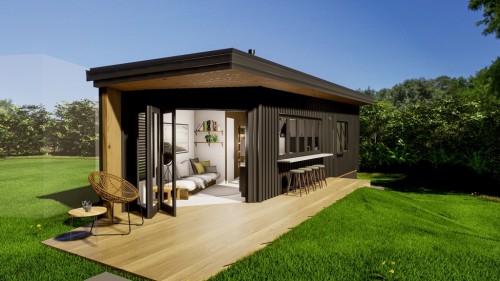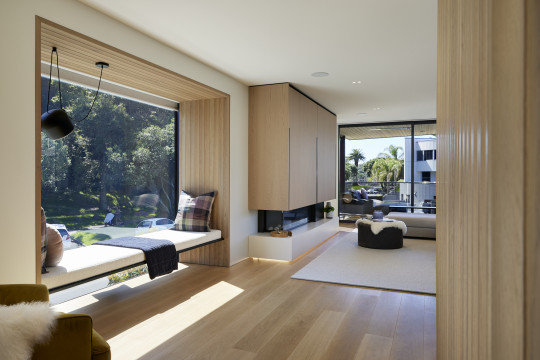As from the end of August, a raft of changes to the Building Act will effectively reduce the number of new building consents by about 9,000 per year. Money saved for homeowners may then be invested in building work which may have previously had budget cuts or been parked for a later date.
We believe this is a positive move for our industry as exempt buildings still require the skills of a Licenced Building Practitioner and must comply with the building code and other legislative requirements. The main advantage is that the removal of this barrier and extra cost will free up the decision to invest in building work within the exemption criteria.
There are potentially upwards of 9,000 additional projects each year which will have more budget and be undertaken more readily.
What Buildings are Exempt
While there is a long list of structures now exempt from needing a building consent, the main type of project of interest to us is the ‘Single-Storey Detached Buildings’.
The changes to the consents legislation reflect the nature of low-risk work including sleep-outs, sheds, greenhouses or other similar structures.
The Ministry of Business, Innovation and Employment website outlines this in full detail here. Options under this exemption are:
- Kitset or prefab buildings with a maximum floor area of 30 square metres where a manufacturer or supplier has had the design carried out or reviewed by a Chartered Professional Engineer.
- Buildings with a maximum floor area of 30 square metres where a Licensed Building Practitioneris to carry out or supervise design and construction.
- Buildings with a maximum floor area of 30 square metres can be built by a non-professional, where only lightweight materials with structural components built in accordance to Building Code compliance B1/AS1 are used.
Other buildings which are now exempt include:
- Carports up to 40m2
- Ground floor awnings up to 30m2
- Ground floor verandas and porches up to 30m2
- Single-storey pole sheds and hay barns in rural zones
Where to From Here?
In all cases, a key requirement is that a Licensed Building Practitioner has carried out or supervised design and construction.
All exempt building work must meet the Building Code as well as other relevant legislation.
It is the building owner’s responsibility to check whether a building consent is required. If the work that you are planning to carry out falls outside of the specified requirements, you will need to get a building consent.
See MBIE’s guidance on building work that does not require a building consent.
MBIE have recently released learning modules to help those who are new to the building code and carrying out work in the building and construction sector.
[Concept design compliments of Creative Space Architecture, Tauranga]



